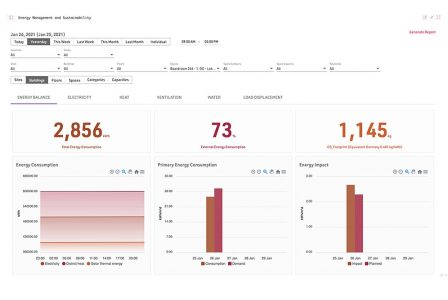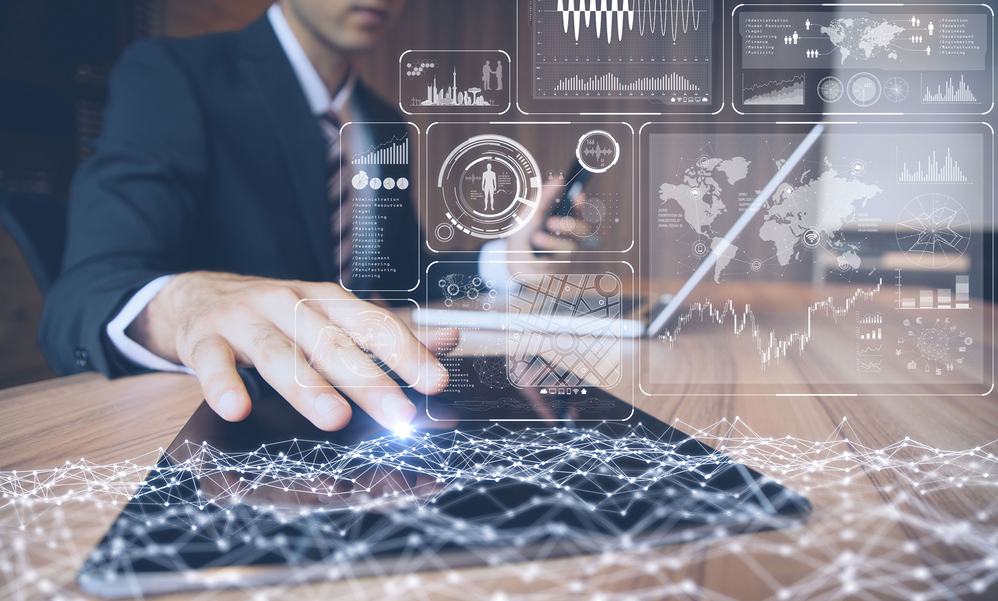Rolling out ESG monitoring and digital readiness in existing buildings
Issue :
read all articles online
read as pdf
While the digital transformation strategy in corporate real estate management usually pays off solely through space-saving measures, asset managers in the real estate business find their return on investment to be much more complex. Indeed, they face enormous pressure from legislators, investors and tenants to provide automated and accurate transparency in the areas of energy and sustainability (ESG monitoring). The investments needed to do this, however, are not immediately apparent in monetary terms and arise for each existing property. At first glance, this appears to be an expensive undertaking.
Three-stage plan for asset managers
-
A building operating system such as Thing-it is used as a central platform that covers all assets and almost effortlessly connects systems and sensors, provides dashboards and enables typical application scenarios for users (tenants, service providers).
-
An easily accessible integration approach is important for all systems to be connected and for any additional sensors that may be needed.
-
In addition to meeting the building owner’s requirements, digital readiness is achieved for current and future tenants, thus monetizing the undertaking in two ways.
The first step is to integrate all the technical systems in the building. This usually takes place by connecting the building (control) systems to the cloud from a central point. An understanding of the existing configuration is often critical. Artificial intelligence can help identify primary installations such as fans, cooling systems and heating loops and link them with the building operating system as well as place them in the cloud.

Live dashboards display all of a building’s data relating, for example, to room use and booking as well as energy consumption and CO2 emissions.
EnOcean technology for easy retrofits
The EnOcean ecosystem is a good choice for other sensors and actuators that may be needed (e.g. occupancy detectors and counters, power meters and room climate sensors for temperature, humidity and CO2). This ecosystem supplies sensors and actuators that are connected wirelessly and operate by energy harvesting without batteries, thus requiring no maintenance. Once the EnOcean infrastructure has been set up, it not only runs the sensors and actuators in a first rollout, but also serves as the basis for additional and even more economical retrofits for new applications.
Digital building structure
Along with the data link that connects systems, sensors and actuators, these devices must be located in the digital building infrastructure using BIM. This creates the famous “digital twin” that is used, for example, to assign and compare building areas such as rental space, device groups such as elevators, energy consumption, use data or maintenance data.
The same building blocks that benefit asset managers also support a tenant’s requirements. Once digitized, areas such as conference rooms can be booked, and when sensors detect that they are no longer in use, can be freed up again. Asset managers who master the art of such efficient and multi-use asset digitization can increase the transparency and value of their portfolios at a cost that can be calculated on a scale.
New articles in Smart Spaces
Top articles





